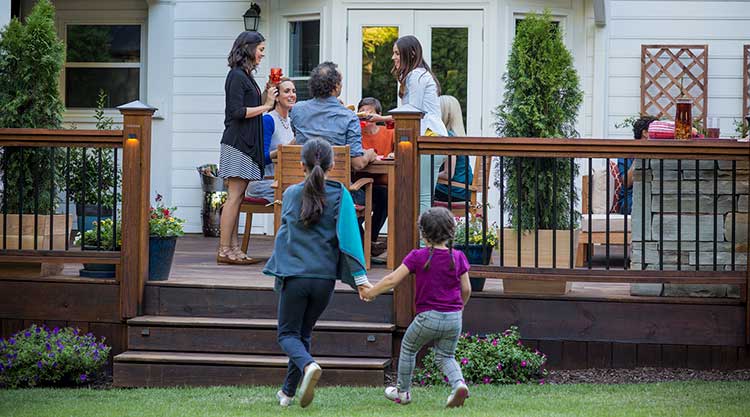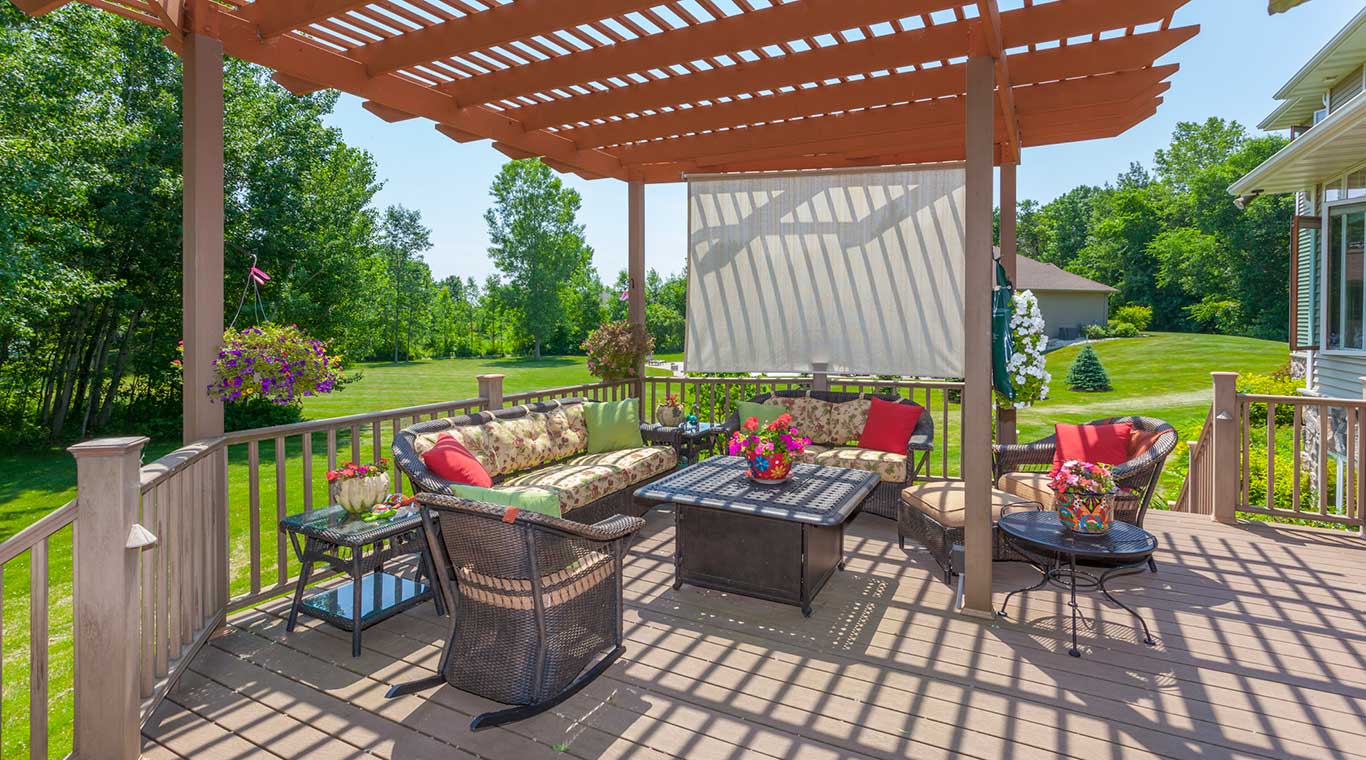
Safety Tips
Important information for using and handling our products safely.
Fasteners
- Use fasteners, hardware or any metal product as recommended by their manufacturer or reference the Fastener Information Sheet.
- Use fasteners and other hardware that are in compliance with building codes for the intended use.
Gear/Personal
- Wear a dust mask and goggles when cutting or sanding wood.
- Wear gloves when working with wood.
- Wash work clothes separately from other household clothing before reuse.
- Some preservative may migrate from the treated wood into soil/water or may dislodge from the treated wood surface upon contact with skin. Wash exposed skin areas thoroughly.
General Use
- Preserved wood should not be used where it may come into direct or indirect contact with drinking water, except for uses involving incidental contact such as fresh water docks and bridges.
- Do not burn preserved wood.
- Do not use preserved wood under circumstances where the preservative may become a component of food, animal feed or beehives.
- Do not use preserved wood as mulch.
- Only preserved wood that is visibly clean and free of surface residue should be used.
- If the wood is to be used in an interior application and becomes wet during construction, it should be allowed to dry before being covered or enclosed.
Painting and Staining
- If you desire to apply a paint, stain, clear water repellent or other finish to your preservative treated wood, we recommend following the manufacturer's instructions and label of the finishing product.
- Before you start, we recommend you apply the finishing product to a small exposed test area before finishing the entire project to ensure it provides the intended result before proceeding.
Building Codes
- Projects should be designed and installed in accordance with federal, state and local building codes and ordinances governing the construction in your area.
- Projects should be designed and installed in accordance with the National Design Specifications (NDS) and the Wood Handbook.
Mold
- Mold growth can and does occur on the surface of many products, including untreated and treated wood, during prolonged surface exposure to excessive moisture conditions.
- To remove mold from the treated wood surface, wood should be allowed to dry. Typically, mild soap and water can be used to remove remaining surface mold.
Disposal
- All sawdust and construction debris should be cleaned up and disposed of after construction.
- Preserved wood may be disposed of in landfills or burned in commercial or industrial incinerators or boilers in accordance with federal, state and local regulations.
- Treated lumber should never be burned in open fires, stoves, fireplaces or residential boilers.
